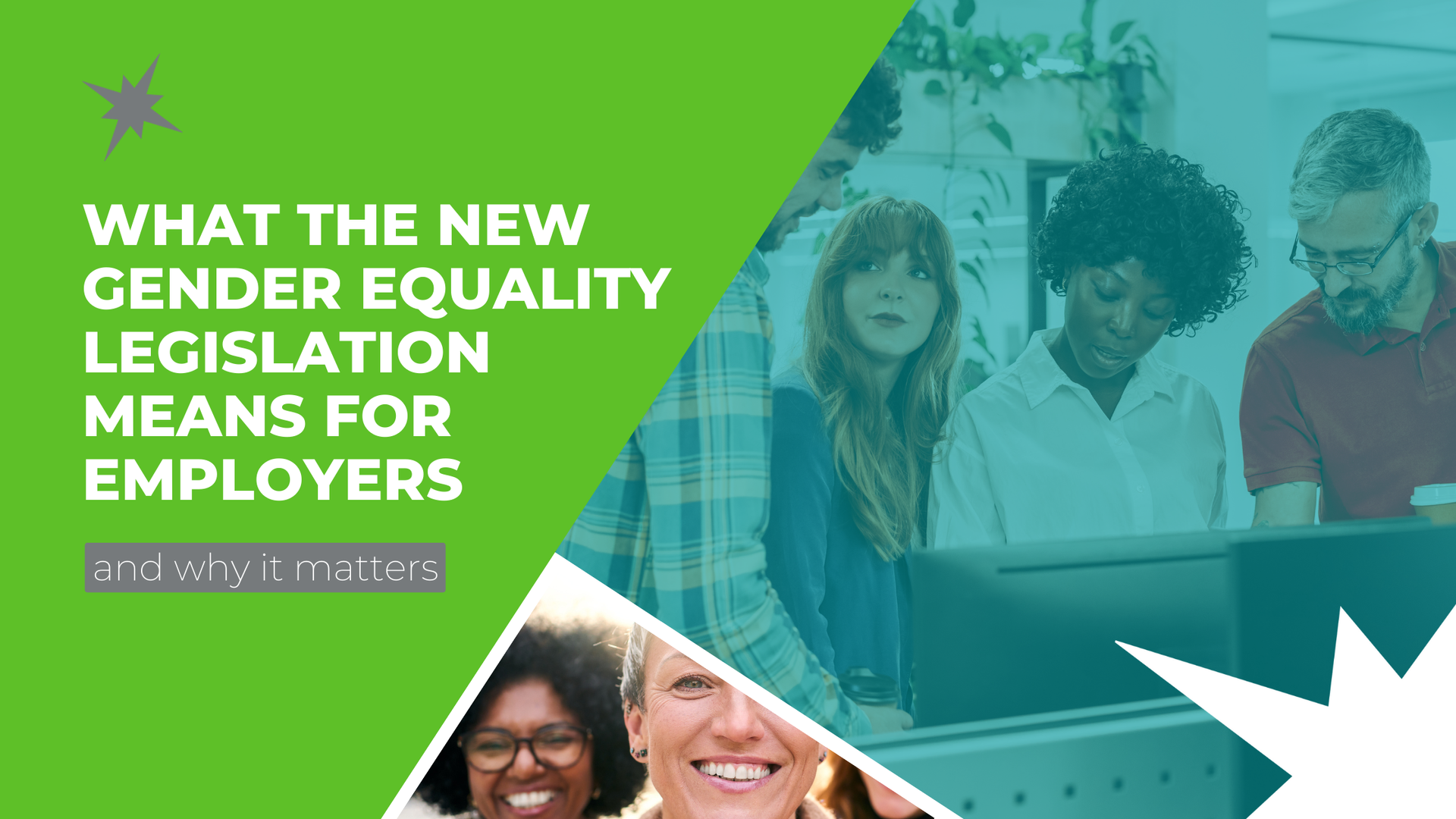Blog
< Back to Blogs
The Talent War is Over. The Talent Shift is Here.

For years, companies have been locked in a battle to attract the best candidates - offering higher salaries, bigger perks, and more benefits in the hopes of outbidding their competitors. But in 2025, the conversation is shifting. The companies winning today aren’t necessarily the ones offering the biggest paychecks; they’re the ones adapting to how work is changing.
The talent war isn’t about hiring faster or throwing more money at the problem anymore - it’s about rethinking how we build workforces altogether.
So, how are leading organisations shifting their approach? They’re moving beyond outdated recruitment battles and focusing on internal mobility, skills development, flexible work models, and alternative hiring pipelines.
Why the Talent War No Longer Works
The idea of a "talent war" assumes that there’s a fixed number of high-performing professionals, and companies must compete to secure them. But this approach has a few major flaws:
- It’s expensive - Constantly outbidding competitors for the same people isn’t sustainable.
- It’s short-sighted - Hiring externally without investing in existing employees leads to retention issues.
- It ignores hidden talent - Many businesses overlook high-potential candidates who may not fit a traditional mold but have the skills and adaptability to thrive.
With unemployment rates remaining low and skills shortages persisting in industries like technology, cybersecurity, and engineering, businesses must stop seeing hiring as a competition and start treating it as a strategic transformation.
The Talent Shift... What’s Changing?
Instead of treating hiring as a race for the same candidates, leading companies are making three key shifts:
1. Internal Mobility: Investing in the People You Already Have
Companies are realising that the best candidate for the job might already be within their organisation. Instead of constantly hiring externally, businesses are focusing on upskilling, cross-training, and internal promotions.
📌 Example: Atlassian has developed structured career pathways that help employees transition into new roles without leaving the company, reducing external hiring needs.
2. Skills Over Job Titles
More companies are moving toward skills-based hiring, recognising that traditional job titles and degree requirements can exclude high-potential candidates.
Rather than asking, “Who has a degree in computer science and five years of experience?” companies are now asking, “Who has the problem-solving and coding skills to excel in this role?”
📌 Example: Telstra has introduced skills-based hiring initiatives, allowing candidates from non-traditional backgrounds to break into tech roles based on their capabilities, not just their CVs.
3. Alternative Hiring Pipelines
Companies are expanding their candidate pools by looking beyond the usual recruitment channels. This includes:
- Partnering with universities and bootcamps
- Offering return-to-work programs for career changers
- Creating more entry-level pathways and apprenticeships
📌 Example: The Victorian Government’s Digital Jobs Program is helping mid-career professionals transition into the tech industry through funded training and job placements.
The Future of Work is Built - Not Bought
Companies that succeed in 2025 and beyond will be the ones that build their talent, not just buy it. By moving away from outdated hiring models and focusing on development, flexibility, and inclusivity, organisations can create workforces that aren’t just competitive - but sustainable.
The talent war may be over, but the companies that adapt to this new reality will be the ones leading the next decade of innovation.
Share This Article
Recent Articles

Filter By Category
Subscribe to our News & Advice














